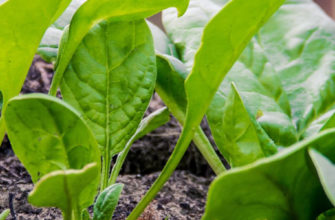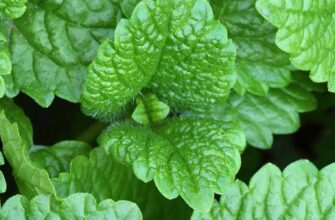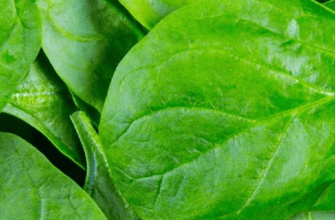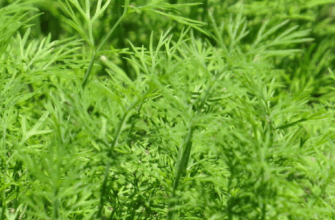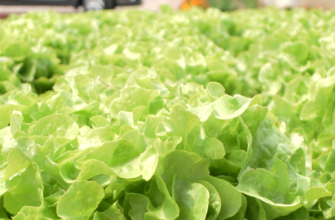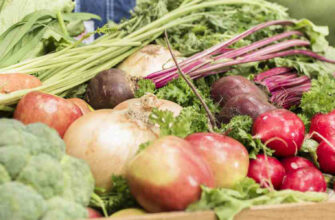Salad chicory is a perennial plant typically grown as a biennial. In Ukraine, this vegetable remains relatively unknown, but its tender leaves, low calorie content, and health benefits make it a promising crop for gardeners and healthy eating enthusiasts.
Chicory is rich in inulin, which supports gut health, and antioxidants that boost immunity. This article explores the types of salad chicory, their cultivation, care, storage, recipes, and fascinating facts.
- Types of Salad Chicory
- Witloof
- Endive (Frisée)
- Escarole
- Radicchio
- Health Benefits
- Allergens
- Growing Chicory (Cultivation of Salad Chicory)
- Growing Conditions
- Soil Preparation
- Sowing Dates
- Direct Sowing
- Growing Seedlings
- Plant Care
- Harvesting and Storage
- Winter Forcing
- Recipes and Cultural Consumption
- Interesting Facts
Types of Salad Chicory
Witloof
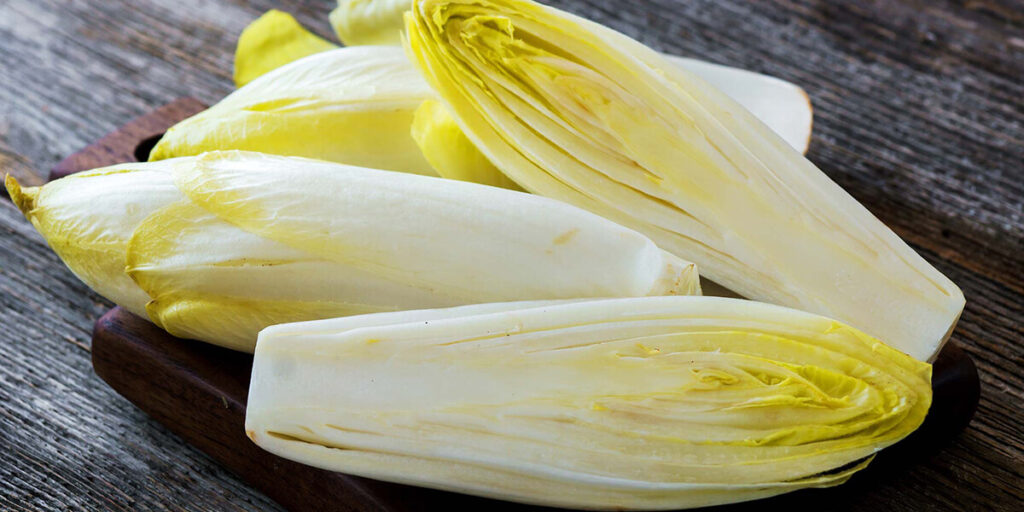
Witloof (from the Flemish “witloof,” meaning “white leaf”) is a headed chicory with etiolated leaves used fresh or cooked. Its leaves have a sweet taste with slight bitterness, which can be reduced by blanching in boiling water or soaking in salted water. Varieties with yellow-tipped leaves are recommended, as they are less bitter.
Witloof is beneficial for weight loss, metabolism regulation, and blood sugar control due to its inulin content, a prebiotic that promotes gut health.
Witloof rosettes can be harvested throughout the growing season. The sign of the end of the vegetation period is the wilting of lower leaves. The plant forms small leaves in a rosette and long, conical tap roots used for winter forcing. Witloof is frost-resistant, surviving temperatures as low as -30°C under snow when mulched.
Endive (Frisée)
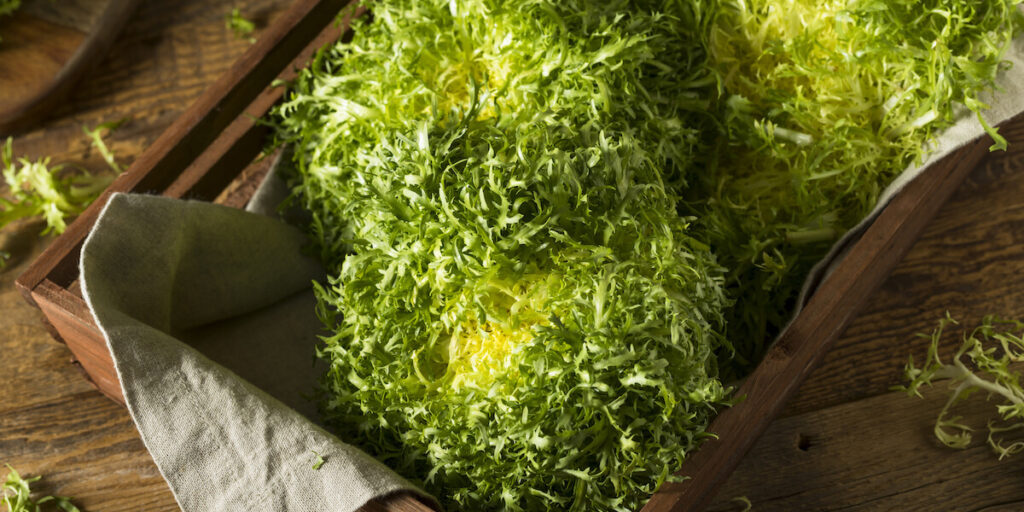
Endive, or frisée, is a chicory variety with elongated, deeply lobed leaves featuring curly or scalloped edges. It forms a rosette of 50 or more leaves and comes in two types: curly, lace-like leaves or thin, straight leaves forming a loose rosette. Frisée has a fresh taste with pleasant bitterness.
This variety withstands frosts down to -8°C and can overwinter in southern Ukraine. To reduce bitterness, leaves are blanched by covering plants with boards or caps 3–4 weeks before harvesting.
Escarole
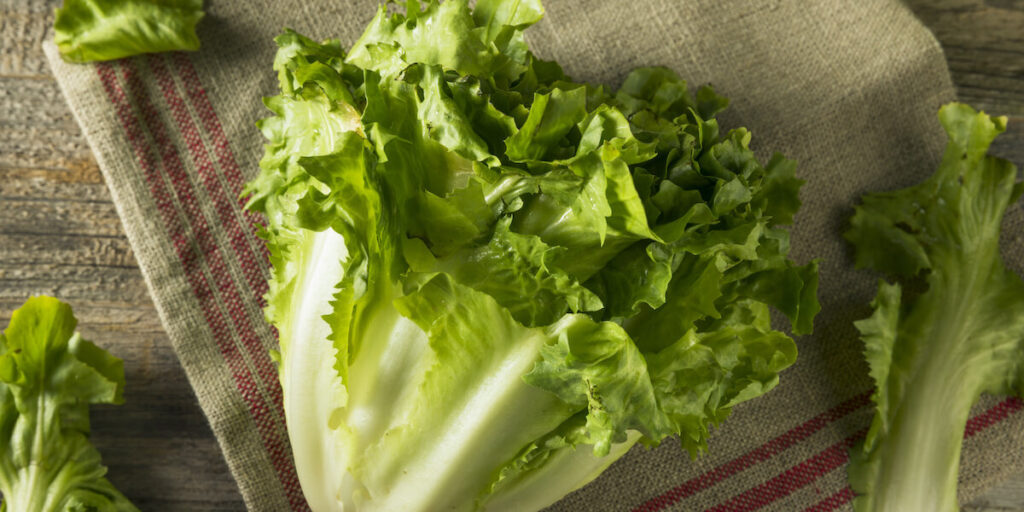
Escarole is a chicory variety with broad, whole leaves that may be smooth, toothed, or slightly wavy. It is less bitter than frisée or witloof, with lighter inner leaves that are more tender. Leaf color ranges from yellowish-green to grayish-green, depending on the variety.
Escarole is rich in vitamins A, C, and K, supporting immunity, digestion, and cancer prevention. Like endive, it is frost-resistant (down to -8°C) and suitable for autumn-winter forcing.
Radicchio
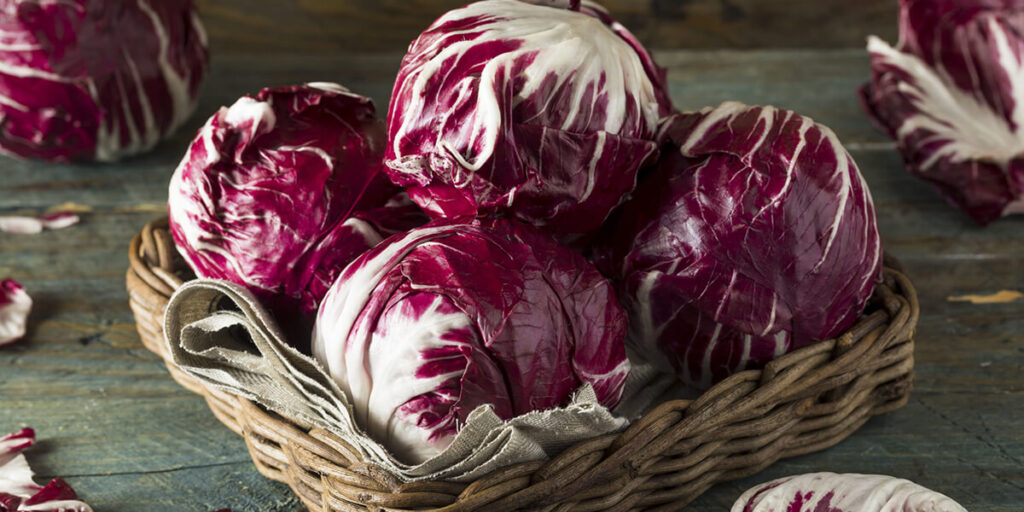
Radicchio stands out with its vibrant red leaves, widely used in Italy to add color to salads. Its leaves are firm, silky, and bitter. In France, radicchio is divided into headed and leafy types, the latter with dark green leaves and red spots.
Radicchio is high in antioxidants, supports blood purification, and benefits the cardiovascular system. Early, mid, and late-season varieties exist, with a growing period of 70–115 days. Radicchio tolerates frosts down to -5°C but requires a short daylight period (up to 12 hours) to prevent bolting.
Health Benefits
Salad chicory is a source of vitamins (A, C, K, B-group), minerals (potassium, magnesium), and inulin, which supports gut health, lowers blood sugar, and aids digestion. Regular consumption of chicory:
- Boosts immunity.
- Improves cardiovascular health due to antioxidants.
- Aids in cancer prevention.
- Supports weight loss with its low calorie content (17 kcal per 100 g).
Allergens
Chicory belongs to the Asteraceae family and may cause allergic reactions in individuals sensitive to plants like ragweed or chamomile. Symptoms include skin rashes, itching, or respiratory issues. Consult a doctor before consuming chicory, especially if you have pollen allergies.
Growing Chicory (Cultivation of Salad Chicory)
Growing Conditions

- Site Selection: Chicory requires sunny areas without shade from trees or other plants.
- Soil Requirements: Thrives in loose, sandy loam or loamy soils rich in organic matter. Avoid heavy or overly light soils; improve them with compost or peat if necessary.
- Preceding Crops: Favorable – cucumbers, cabbage, legumes. Unfavorable – lettuce, parsley, carrots, tomatoes, potatoes.
- Fertilization: Avoid excessive nitrogen fertilizers, which reduce root storability and disease resistance.
Soil Preparation
Prepare the soil in autumn:
- Clear the area of weeds and crop residues.
- Dig to a depth of 25–30 cm, applying per 1 m²: 2 kg of compost, 1 cup of wood ash, 2 tbsp of lime flour, 1 tbsp of potassium salt, and 1 tbsp of superphosphate.
- In spring, dig again, adding 50 g of nitrofoska per 1 m².
Sowing Dates
- Direct Sowing: Late April to early May, when the soil reaches +7°C.
- Seedlings: Sow seeds from mid-February, depending on regional climate.
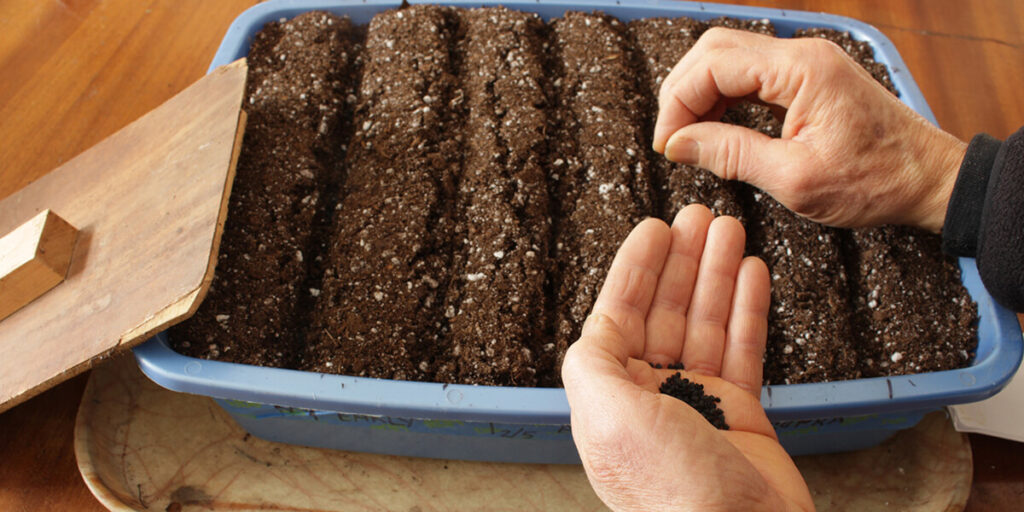
Direct Sowing
Sow seeds in furrows 1.5 cm deep with 35–40 cm row spacing or in double-row strips (20 cm between rows, 40 cm between strips). Seedlings emerge in 7–9 days. Thin twice: first, leaving 7 cm between plants; second, 15 cm after rosettes form.
Growing Seedlings
Use light peat and cassettes, boxes, or peat pots. Sow one seed per cell or thin seedlings into individual containers. Conditions: diffused light, temperature up to +10°C (higher temperatures may cause bolting). Water moderately and ventilate. Harden seedlings 10–14 days before planting by exposing them to outdoor conditions.
Plant Care
- Watering: Regular, moderate, in the morning or evening at the root. Excess water causes fungal diseases; insufficient water makes leaves bitter.
- Loosening: Perform 3–4 inter-row loosenings per season, especially after rain, to improve soil aeration and remove weeds.
- Fertilization: If soil was prepared in autumn, additional feeding is unnecessary. In August, apply 1 tbsp of nitrofoska per bucket of water.
- Pest and Disease Control:
- Diseases: Powdery mildew, gray, and white rot. Remove affected plants and treat with EU-approved fungicides like Bordeaux mixture or copper sulfate. Fundazol is banned in the EU; use biofungicides like Fitosporin-M instead.
- Pests: Lettuce aphids, cabbage leafhoppers, cutworm caterpillars. Use EU-approved biopesticides like Actofit or Aktarofit. Check chemical insecticides (e.g., Actellic) for compliance with EU Regulation No. 1107/2009.
Harvesting and Storage
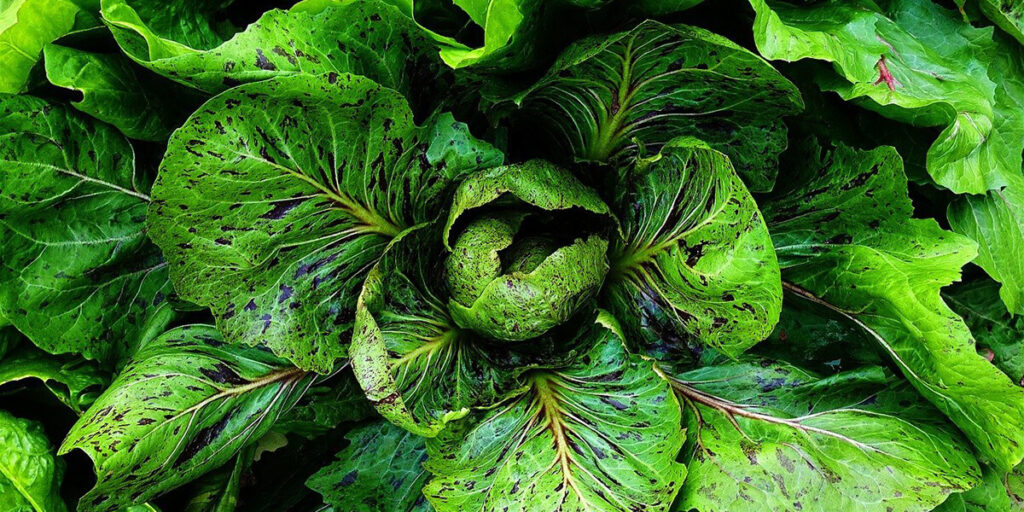
Before harvesting, blanch chicory by tying rosette tops and covering with black agro fiber 20 days prior. Harvest from late September to early October in dry weather. Dig taproots carefully, leaving 3 cm of the rosette, dry for 6–8 days in the field, sort, and store in boxes with peat, sand, or sawdust in a cellar.
Winter Forcing
Start forcing 4 weeks after harvesting. Vernalize taproots at +34°C and high humidity, then transplant into light-proof containers with a 10 cm layer of soil mix and sawdust. Maintain +7°C for the first 10 days, then +15 to +18°C. Harvest leaves after 2–3 weeks, cutting heads with the top to keep them intact, leaving the growth point for 2–3 harvests per season. Store in a refrigerator in darkness for up to 3 weeks to prevent greening.
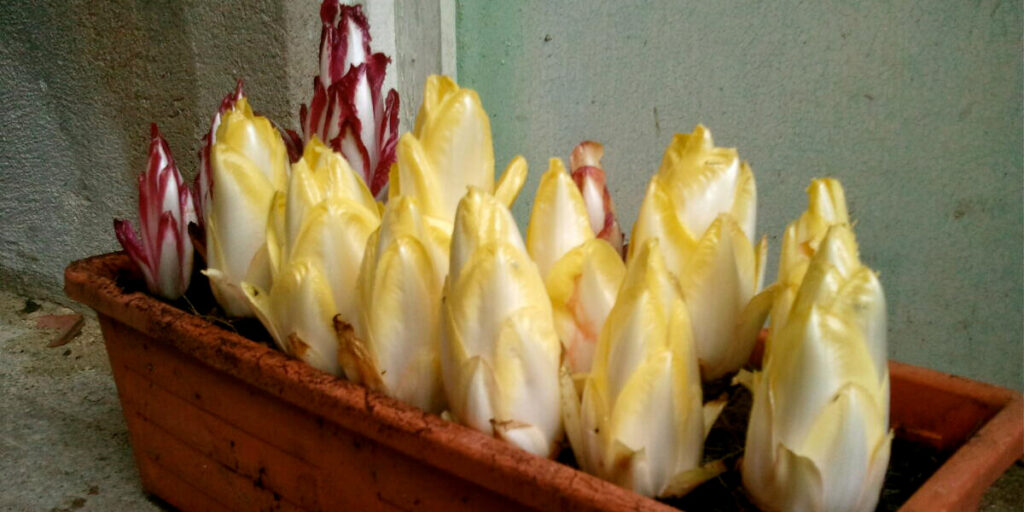
Recipes and Cultural Consumption
Salad chicory is popular in Europe, especially in Belgium (witloof) and Italy (radicchio). Here are some recipes:
- Radicchio and Walnut Salad: Mix radicchio leaves, walnuts, Parmesan cheese, and dress with olive oil and lemon juice.
- Baked Witloof with Béchamel Sauce: Wrap witloof heads in ham, cover with béchamel sauce, and bake for 20 minutes at 180°C.
- Endive Smoothie: Blend endive leaves, apple, banana, and yogurt for a refreshing drink.
In Belgium, witloof is a national delicacy, often served as a side dish to meat. In Italy, radicchio is used in risotto and pizza. In Ukraine, chicory could gain popularity at farmers’ markets or in home kitchens, especially in cooler western regions.
Interesting Facts
- In Ancient Egypt, chicory was used as a medicinal plant for digestion.
- In Belgium, witloof is called “Belgian endive” and served as a gourmet side dish.
- Radicchio’s vibrant color makes it a favorite for aesthetic salads.
- Chicory’s inulin is used in pharmaceuticals as a natural prebiotic.
Dear readers, have you tried growing chicory? Share your experience in the comments! Let us know which varieties you enjoyed and your favorite recipes. Subscribe to our resource for more vegetable-growing tips and share this article with friends!
If you have found a spelling error, please, notify us by selecting that text and pressing Ctrl+Enter.

